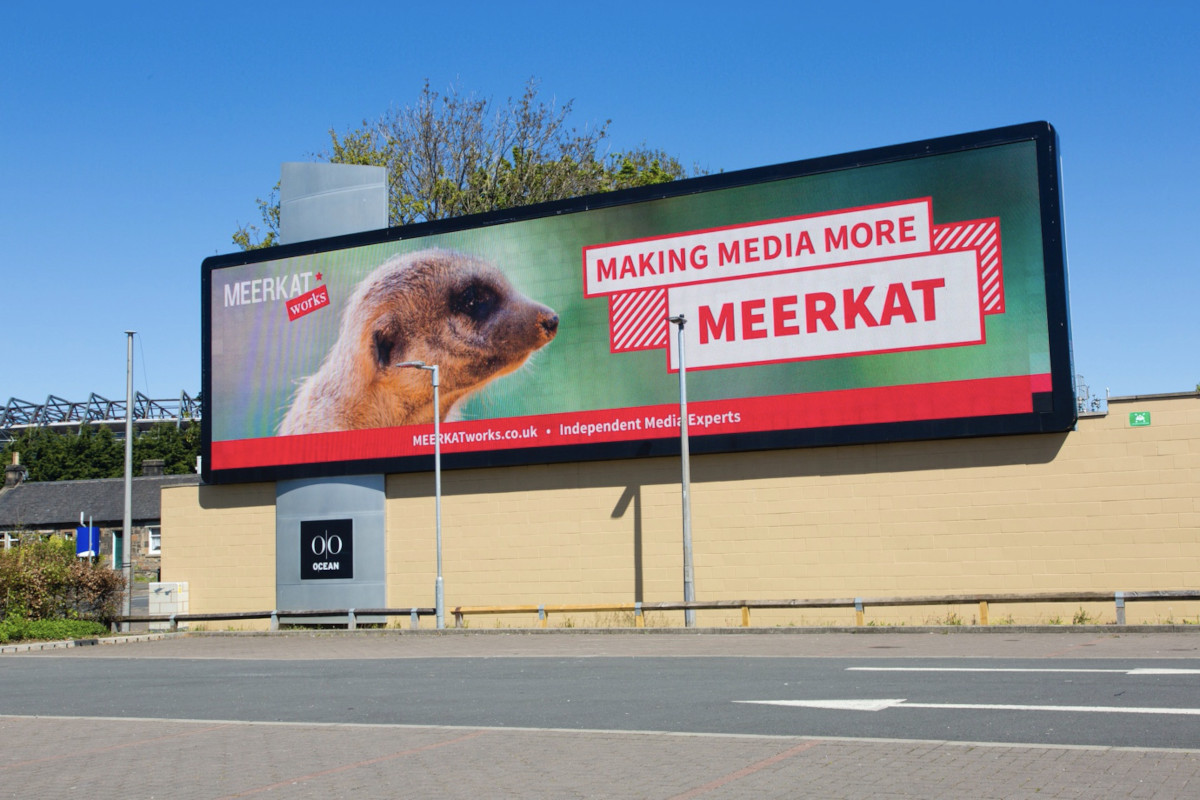The most effective straplines have the ability to weave their way into our everyday headspace and speech (One Poll, 2022), they can evoke deep feelings of nostalgia, joy and sadness, and ultimately, we believe, they can change behaviour and boost sales. However, delving deeply into a brand and coming up with a strapline is rarely a straight-forward task. It goes without saying that it takes a good deal of MEERKAT ‘digging’ to come up with just the right ‘mini handful of words’ that is both powerful and purposeful. Let’s look at what straplines are, how they help build brands, the ways they vary in form, and how to create straplines with MEERKAT punch.

What are straplines?
Straplines (often known as taglines in America) are short phrases of about 2 to 7 words that sum up the essence of a brand or company, its purpose and mission. They generally aim to do more than describe the product or service; they put into a nutshell what the company stands for, its values and personality. They are usually designed to be long-lasting so as to build the brand and attract new customers, whilst also reassuring and conveying meaning to existing customers.
Most people’s attention spans are short, and to be fair this applies to most MEERKATs too. So, straplines should be bite-sized pieces of communication that pack real punch. They need to be easily recognised, impactful and memorable – ideally with a catchy, snappy ring that weaves itself into our consciousness. Successful straplines also tend to sell brand benefits, rather than features, to consumers. The also communicate what differentiates the brand, and endeavour to set it apart from all the competitors. Finally, the most effective straplines tend to be upbeat and convey positive emotions and feelings. Most people respond better when left with a warm strapline glow.
Why are straplines effective for brand building?
Some brands survive without a strapline but at MEERKATworks we believe companies without straplines are missing a valuable trick. A strapline can be a highly effective tool for building your brand in a number of ways. Firstly, straplines confirm your brand positioning and help to attract new customers. Secondly, they express your brand personality and have the ability to emotionally engage customers. Thirdly, straplines aid memorability of your business and what it represents. Fourthly, they convey what your brand stands for in a nutshell, at a particular point in time. Future variations and evolutions of your strapline will allow the brand to stay fresh and up-to-date. Finally, straplines enable brand differentiation and are often an effective barrier to copying and cloning by competitors.
What are the different types of straplines?
Descriptive
A descriptive strapline simply describes what your business does and can be a useful approach to take if your business activity is difficult to understand, recently launched on the market or if you have an unusual or abstract brand name.
Call to action
Some straplines are based around a call to action. This type of strapline can be emotionally engaging as the consumer is asked to imagine the feeling of using the brand or following its ethos. For example, our recent strapline for the Edinburgh Remakery ‘Waste Less, Live More’.

Thought-provoking
A thought-provoking strapline asks customers to rethink or change their opinion of the brand. This approach can be high impact but sometimes high risk.
The Best
This type of strapline is designed to position your brand as best in class or category. It can help to differentiate your brand and make it difficult for competitors in the same arena. For example, BMW’s The Ultimate Driving Machine and Carlsberg’s Probably the best beer in the world.
Master of category
This form of strapline aims to establish leadership in a category either by taking the high ground (such as Sky’s ‘Believe in better’), taking possession of a generic benefit of the brand, or by expressing technology leadership. Who over 40 could forget Audi’s ‘Vorsprung durch Technik’, as so lugubriously drawled by Geoffrey Palmer?
So, now we know about all the different types of strapline, how do we go about creating one with MEERKAT punch?
How to write straplines with MEERKAT punch
At MEERKAT our creative work stems from a belief in keeping things simple, clear and uncomplicated. We call it our “Simplicity in creativity” ethos. This is just one of the reasons we relish developing straplines as perhaps the ultimate “simplicity in creativity” challenge.
There is no one way to come up with a new strapline but at MEERKAT there is always much research, reading, brainstorming and thinking involved. Essentially full brand understanding and target audience exploration is required. We normally start with workshops with key staff members and round up with feedback interviews with target audience members, with lots of head scratching, frantic scribbling and linguistic gymnastics in-between. None of this, especially the head-scratching, happens instantly and we normally give a minimum timeline of 6 – 8 weeks. Sometimes we have an early strike of ‘strapline inspiration’, but we still need to solidly research how any idea fits with the brand values and product or service truths before we give it full consideration.
While there’s no one way to approach the process, it may be helpful to round off by outlining the elements involved in strapline development from a writer’s point of view. In this regard, well-seasoned copywriter Gabay (1996) has observed several key semantic, grammatical, and syntactical observations about straplines which may be useful for first time creators:
- Straplines are about ‘you’ and the overall benefit is aimed at ‘you’ (so, straplines often have ‘you’, we’ or ‘us’ in the copy)
- They make promises (e.g. about reliability, quality etc)
- They call for action (by, for example, asking you to shop with us)
- They create ideals
- They may use rhyme
- They are ‘it’ (you can’t beat it, go for it, be part of it, etc)
- They are in a ‘world’ of their own (e.g. ‘Enter a new world of ….’)
- They can be full of alliterations
- They don’t have to be clever to sell
- They conveniently package everything in one sentence
- They repeat word patterns
- They are ‘the’ king – ‘The’ best, ‘The’ one you need, etc.
There you have it, the MEERKAT inside view on everything you need to know about straplines. Except perhaps the vital inspiration needed to come up with that gem of an idea that will hopefully ‘wheedle’ its way into millions of heads. NB for this you may need to get in touch with us at MEERKATworks. The only other advice we can give you is to remember that inspiration is fuelled by eclectic reading, rootling and research, and then it inevitably strikes when you least expect it – perhaps while in the bath, walking the dog, enjoying a night out or in bed, desperately trying to sleep, at 3.37am. So always, always have pen and paper at hand.
References
One Poll ‘Specsavers branding survey’, 2022
J. J. Gabay ‘Copywriting’, Hodder and Stoughton, 1996
